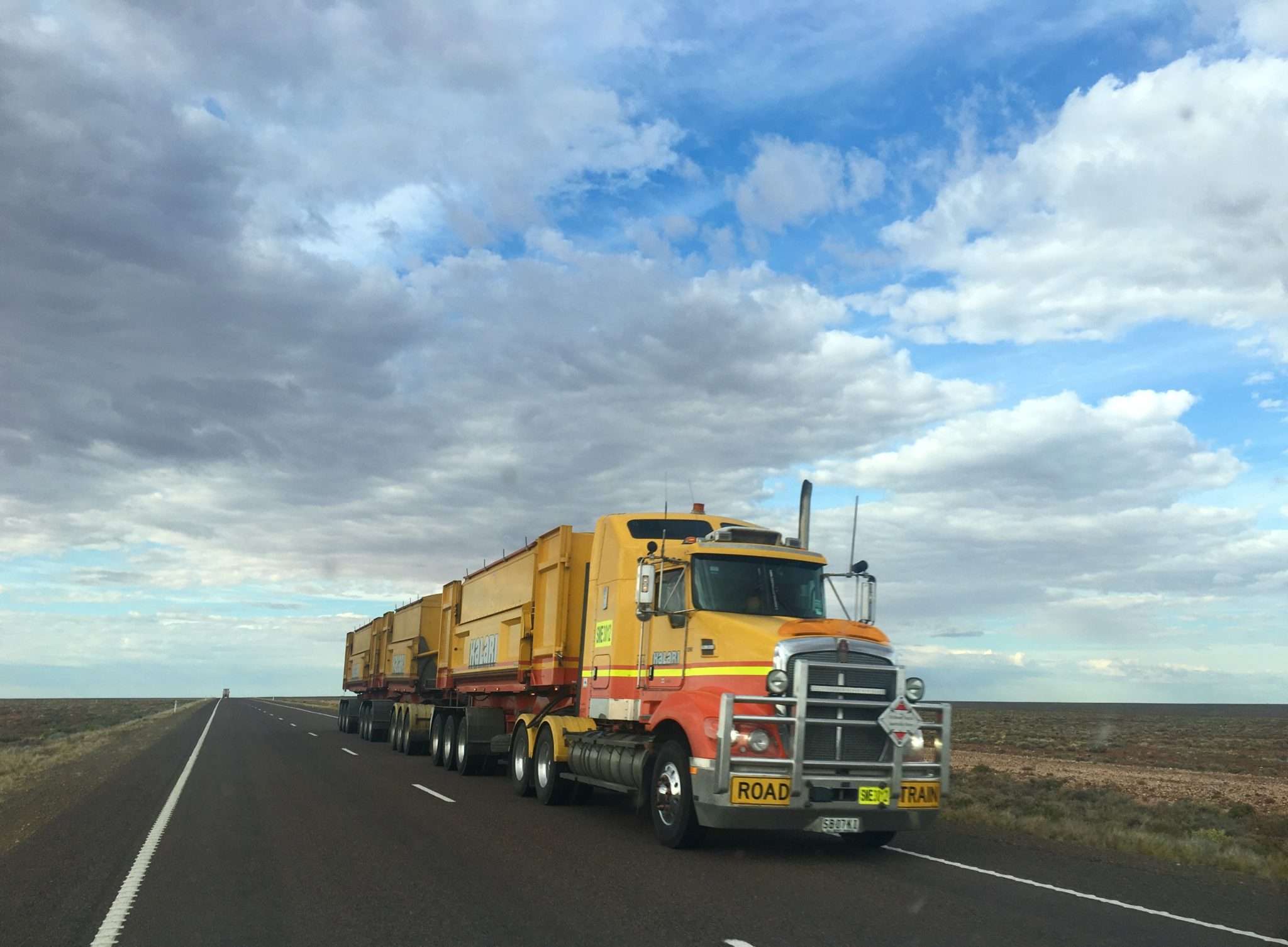A rear-end accident involving a fully loaded North Carolina tractor-trailer and a smaller passenger vehicle can lead to catastrophic injuries. A rear-end truck accident typically involves a significant transfer of energy from the truck to the smaller vehicle.
Experienced professional truckers should know that they need more distance to stop than does a driver of a passenger vehicle. In most instances, a truck driver who rear-ends another car is liable.
According to the DOT, following too closely may be defined as, “situations in which one vehicle is following another vehicle so closely that even if the following driver is attentive to the actions of the vehicle ahead he/she could not avoid a collision in the circumstance when the driver in front brakes suddenly.”
Proper following distance allows for more time for the driver to make good decisions and gives the driver the opportunity to make evasive maneuvers if need be. The Large Truck Crash Causation Study (LTCCS) reported that 5 percent of truck crashes occurred when the Commercial Motor Vehicle (CMV) driver was following the lead vehicle too closely.
Safe Following Distance
Just like any vehicle, large trucks need space in between them and other vehicles, but unlike other vehicles, large trucks need extra space to allow for safe braking and unexpected actions.
According to the DOT, if you are driving below 40 mph, you should leave at least one second for every 10 feet of vehicle length. For a typical tractor-trailer, this results in 4 seconds between you and the leading vehicle. For speeds over 40 mph, you should leave one additional second.
Following Distance in Adverse Conditions
Weather conditions can impact the suggested following distance. North Carolina tractor-trailer drivers must be able to adjust their following distance to match weather/road conditions, visibility, and traffic. In these conditions, a safe following distance can be the difference between life and death.
Braking distance can be affected by road surfaces. For example, if the road is wet or icy, the driver must allow extra room for braking. If the driver does not do this, it could lead to a major accident.
The average stopping distance for a loaded tractor-trailer traveling at 55mph is 196feet, which is 63 feet longer than a regular passenger vehicle.
Representation for North Carolina Truck Accident
If you were injured in a tractor-trailer rear-end collision, you need a skilled attorney at your side to fight relentlessly to recover damages.
Maginnis Law’s lead truck accident attorney, T. Shawn Howard, is experienced in handling complex North Carolina tractor-trailer accident cases. Mr. Howard is a million dollar and multi-million-dollar advocate, meaning that he has obtain settlements for his client in excess of $1,000,000 and $2,000,000.
Maginnis Howard handles North Carolina personal injury cases on a contingency fee basis – meaning that you pay no attorneys’ fees unless we reach a settlement or obtain a verdict or settlement in your case.
You can contact the Raleigh personal injury attorneys of Maginnis Law at 919.526.0450, by email at info@carolionalaw.com, or through our contact page.






